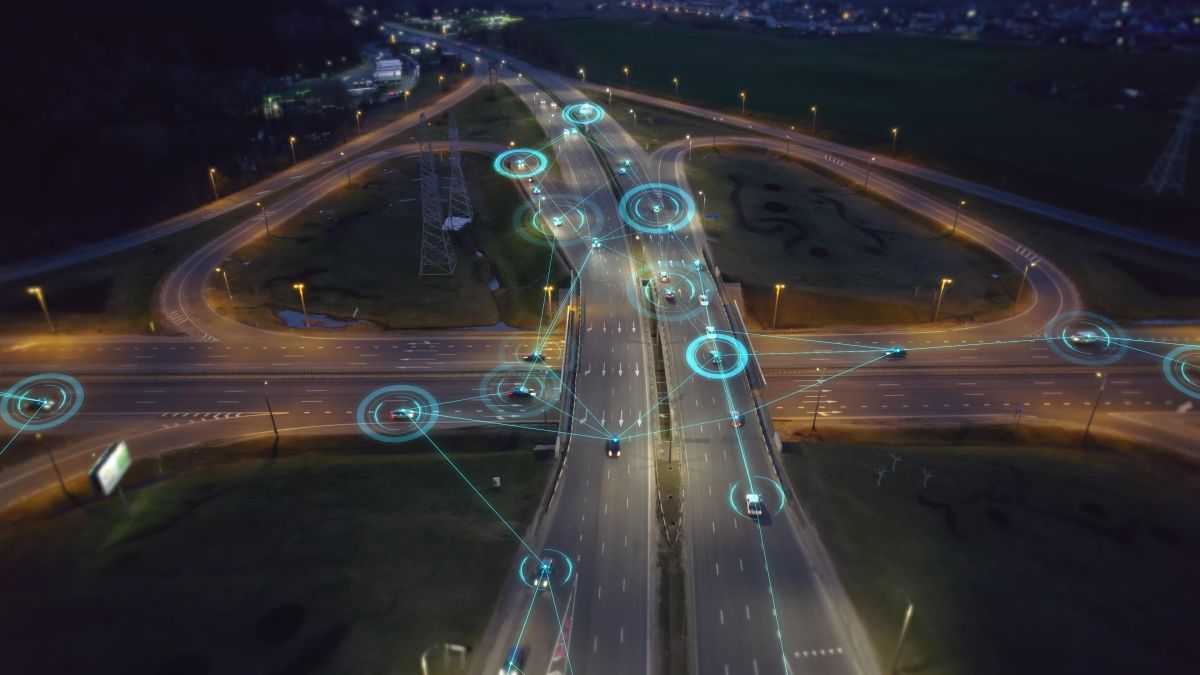The National Highway Traffic Safety Administration (NHTSA) will accelerate the development and deployment of automated vehicles (AVs) by streamlining its Part 555 exemption process, U.S. Department of Transportation Secretary Sean Duffy announced.
The updated process allows manufacturers to sell up to 2,500 vehicles per year that may not fully comply with existing Federal Motor Vehicle Safety Standards (FMVSS), such as requirements for steering wheels, driver-operated brakes or rearview mirrors. Automakers seeking exemptions must still prove their vehicles offer an equivalent level of safety and that granting the exemption serves the public interest.
"The Part 555 exemption process has been rightly criticized for taking years — bogging developers down in unnecessary red tape that makes it impossible to keep pace with the latest technologies," Duffy said. "We’ve streamlined this process to remove another barrier to transportation innovation in the United States, ensure American AV companies can out-compete international rivals, and maintain safety."
The revised process is part of NHTSA’s ongoing AV Framework and reflects Duffy’s innovation agenda. According to NHTSA Chief Counsel Peter Simshauser, these changes will support the commercial deployment of purpose-built automated vehicles while the agency continues work to modernize the FMVSS for AVs.
"This next step in NHTSA’s AV Framework will advance innovation by supporting the commercial deployment of purpose-built automated vehicles that can satisfy safety requirements," Simshauser said. "The agency continues working to modernize the FMVSS for automated vehicles, and in the meantime Part 555 exemptions will play an integral role in enabling the ongoing advancement of our domestic AV industry."
In addition to faster processing times, NHTSA's updated internal procedures aim to improve transparency and enhance applicant engagement. The agency will also provide clearer guidance to help applicants understand the exemption process and ensure submission of complete and accurate applications.
NHTSA has communicated these improvements to industry stakeholders through a formal letter outlining the changes.













